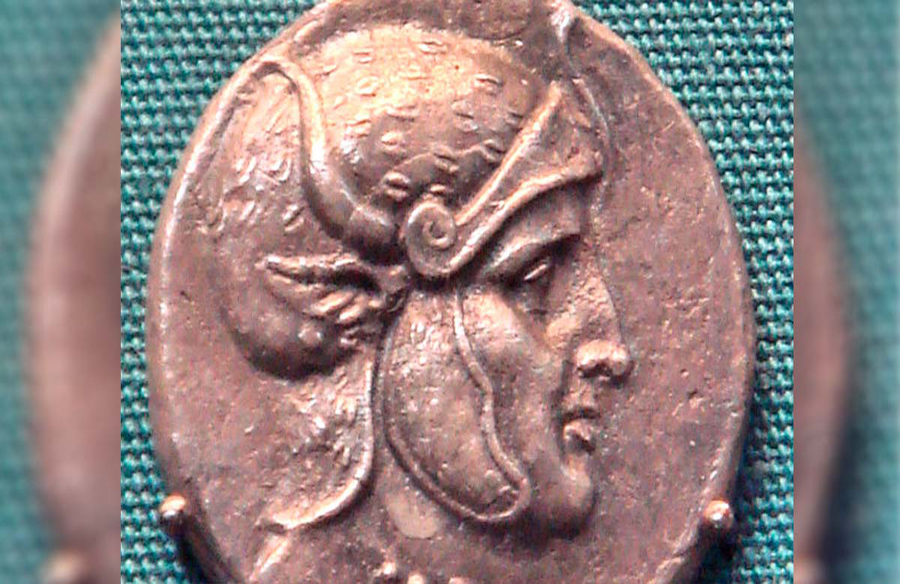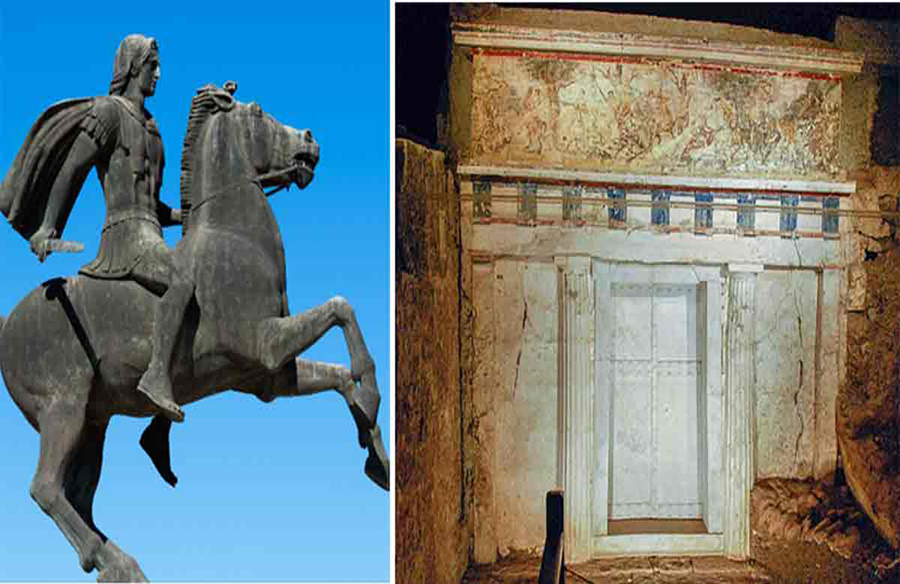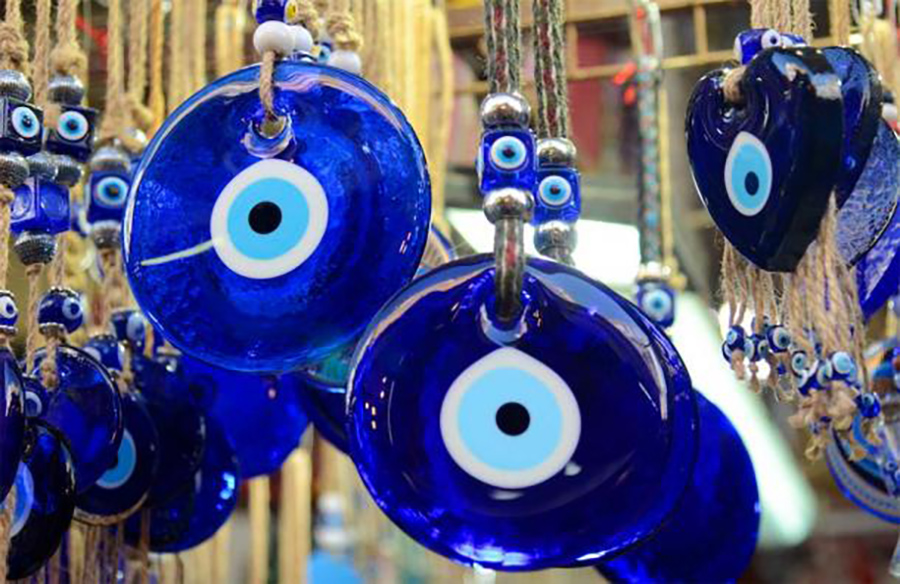In the annals of Japanese history, the Samurai warrior class is often romanticized for their valor, loyalty, and unwavering commitment to their masters. However, beneath the veneer of honor and nobility lies a darker aspect of Samurai culture – the collection of human heads.
Loyalty and Valor
Driven by the imperative to prove their loyalty and valor to their shogun masters, Samurai engaged in the gruesome practice of collecting severed heads from defeated enemies. These heads served as tangible evidence of their prowess in battle, ensuring that they had vanquished worthy opponents and not inadvertently slain innocents.
Path to Advancement
For Samurai, the collection of human heads was not just a display of martial skill but also a means of advancement within the rigid hierarchies of feudal Japan. The more heads a Samurai collected, the greater their stipend and the faster their chances of promotion. Thus, what may seem barbaric to modern sensibilities was a legitimate path to social and financial advancement in Samurai society.
Complex Realities
Behind the facade of honor and duty, the practice of collecting human heads reveals the complex realities of Samurai life. While it was a means of proving loyalty and earning a livelihood, it also underscored the inherent brutality and moral ambiguity that characterized the Samurai code. In a society where valor and violence walked hand in hand, the act of decapitation served as a stark reminder of the darker aspects of Samurai culture.
As we delve into the history of Samurai warfare, the collection of human heads emerges as a chilling yet undeniable facet of their martial tradition. It serves as a sobering reminder of the lengths to which individuals were willing to go to uphold their honor and secure their place in society.








